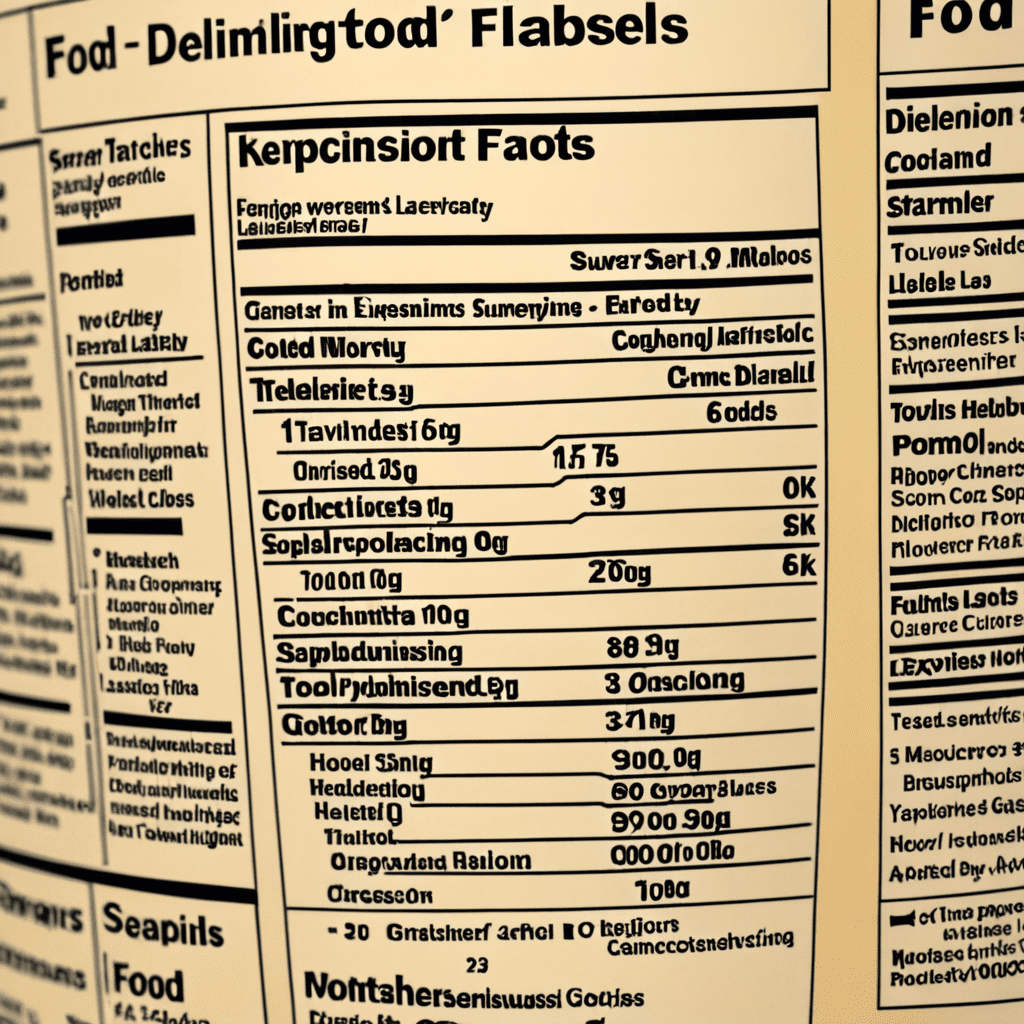
A Beginner’s Guide to Reading Food Labels
Understanding food labels is essential for making informed and healthy choices. Knowing how to interpret the information on packaging can help you maintain a balanced diet and avoid unnecessary additives. This guide will help you navigate food labels with confidence.
1. Serving Size and Servings Per Container
The serving size indicates the amount of food typically consumed in one sitting and the number of servings per container. It’s crucial to pay attention to this information as all other data on the label is based on these serving sizes.
2. Nutritional Information
Look for the breakdown of key nutrients such as calories, fat, cholesterol, sodium, carbohydrates, fiber, sugars, and protein. Be mindful of the % Daily Value, which tells you how much of a nutrient is in one serving compared to the recommended daily intake.
3. Ingredients List
The ingredients are listed in descending order by weight, so the primary ingredients come first. Be wary of foods with long lists of ingredients or those containing unfamiliar or unpronounceable substances.
4. Allergens and Additives
Manufacturers are required to highlight common allergens like nuts, dairy, soy, and gluten in the ingredients list. Additionally, look out for artificial colors, flavors, and preservatives, especially if you have sensitivities or dietary restrictions.
5. Health Claims
Be cautious of health-related claims such as “low-fat,” “high-fiber,” or “reduced sodium.” While these labels can provide useful information, it’s vital to verify their accuracy by reviewing the nutritional content and ingredients.
6. Understanding Food Label Claims
Terms like “organic,” “natural,” and “healthy” have specific definitions regulated by the Food and Drug Administration (FDA). Familiarize yourself with these terms to make well-informed decisions about the products you purchase.
7. Conclusion
Reading food labels empowers you to take control of your diet and make healthier choices. By understanding serving sizes, nutritional information, ingredients, and label claims, you can make informed decisions that support your well-being.
FAQs about Reading Food Labels
What is a food label?
A food label is a piece of information attached to a food product that provides details about the nutritional content, serving size, ingredients, and allergens present in the food item.
Why is it important to read food labels?
Understanding food labels helps you make informed decisions about the food you consume. It allows you to monitor your intake of nutrients, calories, and potential allergens, assisting in maintaining a healthy diet.
What key information should I look for on a food label?
When reading food labels, focus on the serving size, calories per serving, fat, cholesterol, sodium, carbohydrates, fiber, sugars, and protein content. Also, check for the list of ingredients and any allergen warnings.
How should I interpret the percent daily value (%DV) on food labels?
The %DV indicates how much a nutrient in a serving of food contributes to a daily diet. In general, 5% or less is low, and 20% or more is considered high, making it easier to choose healthier food options.
Are there any specific details to look for when trying to reduce certain nutrients in my diet?
When aiming to limit certain nutrients, pay attention to the total fat, saturated fat, trans fat, cholesterol, and sodium content. Opt for food items

